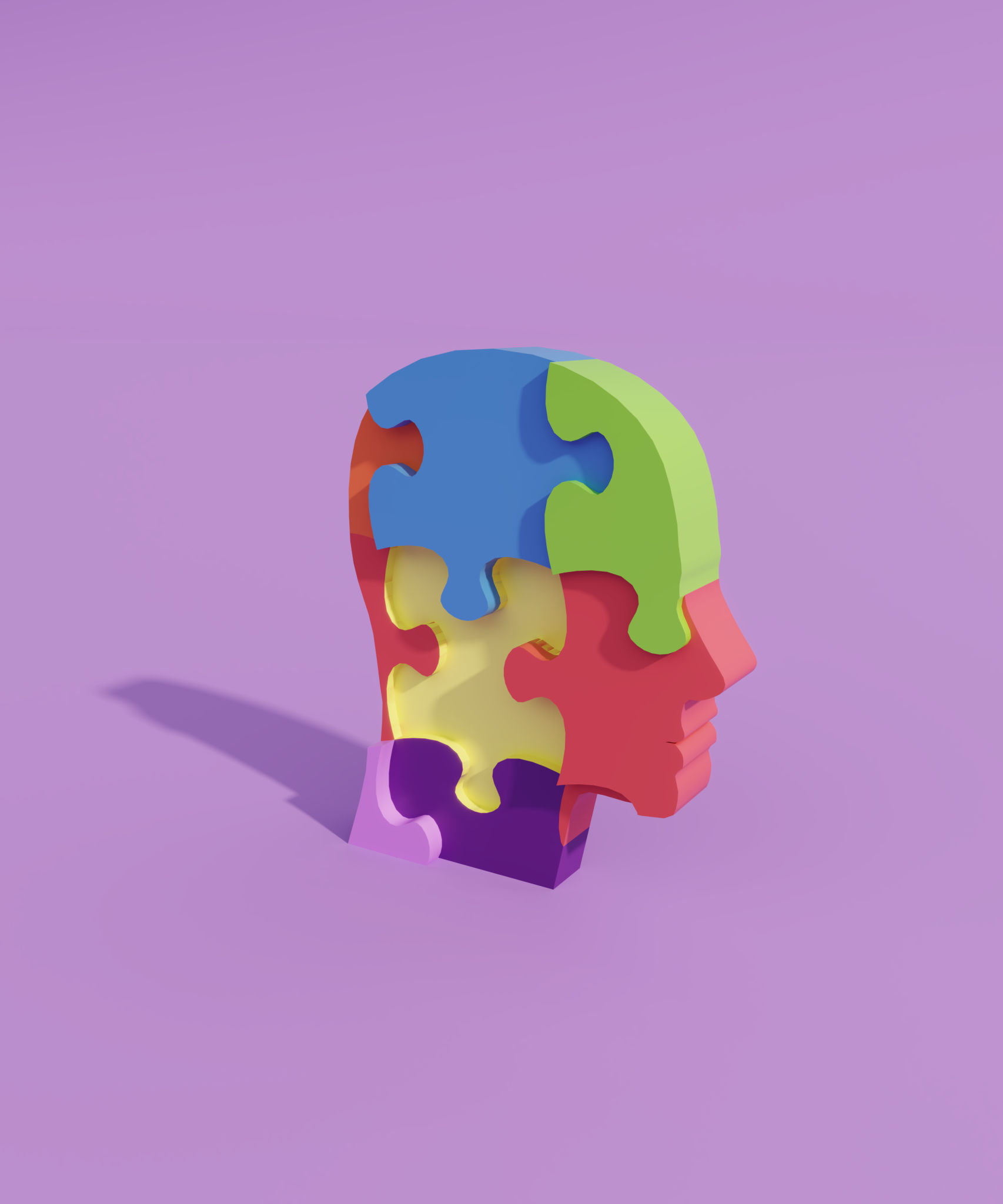Exploring Puzzle Trends: From Classic to Modern Innovations
The Evolution of Puzzles
Puzzles have been a source of entertainment and mental exercise for centuries. From the early days of tangrams and jigsaw puzzles to modern-day escape rooms and digital games, puzzles continue to captivate audiences of all ages. This exploration of puzzle trends will delve into the journey from classic puzzles to the latest innovations.
Classic puzzles, such as the jigsaw, have a rich history. The first jigsaw puzzle was created in the 1760s, initially used as an educational tool to teach geography. Over the years, jigsaw puzzles evolved into a beloved pastime, offering a unique blend of relaxation and challenge that remains popular today.

The Rise of Mechanical Puzzles
Mechanical puzzles gained prominence in the late 19th and early 20th centuries. These puzzles, often crafted from wood or metal, require a keen sense of logic and spatial awareness. Famous examples include the Rubik's Cube, invented in 1974 by Ernő Rubik. The Rubik's Cube became an international sensation, with millions trying to crack its colorful code.
Today, mechanical puzzles continue to thrive with new designs constantly emerging. Enthusiasts appreciate the tactile interaction and the intricate craftsmanship involved in solving these puzzles. The challenge of manipulating physical pieces to achieve a goal remains a compelling draw for puzzle lovers.

Digital Puzzles: A Modern Twist
The advent of technology has introduced digital puzzles, offering a modern twist on traditional pastimes. From mobile apps to online platforms, digital puzzles provide endless opportunities for engagement. Games like Tetris and Candy Crush have captivated millions with their addictive gameplay and colorful graphics.
Digital puzzles often incorporate elements of strategy and timing, challenging players in new ways. The convenience of accessing these games on smartphones or tablets has made them an integral part of daily life for many, offering quick brain exercises during breaks or commutes.

Innovations in Puzzle Design
Recent innovations have seen puzzles incorporate augmented reality (AR) and virtual reality (VR) technologies. These immersive experiences transform traditional puzzle-solving by overlaying digital elements onto the physical world or creating entirely virtual environments.
Puzzle enthusiasts can now explore 3D worlds, interact with virtual objects, and solve complex challenges that blend reality with imagination. This fusion of technology and creativity is pushing the boundaries of what puzzles can offer, attracting a new generation of solvers.

The Social Aspect of Puzzles
While puzzles are often seen as solitary activities, they also have a strong social component. Escape rooms have become popular group activities, requiring teamwork and collaboration to solve a series of challenges within a set time limit. These immersive experiences combine elements of storytelling and problem-solving in a social setting.
Additionally, online puzzle communities allow enthusiasts to connect, share strategies, and compete in global challenges. The communal aspect enhances the enjoyment of puzzling, fostering friendships and connections among like-minded individuals.
The Future of Puzzles
As technology advances, the future of puzzles looks promising. Developers are experimenting with new materials, interactive interfaces, and AI-driven challenges that adapt to a player's skill level. The possibilities are limitless, ensuring that puzzles will continue to evolve and captivate audiences worldwide.
Whether you prefer the tactile satisfaction of a classic jigsaw or the immersive experience of a VR puzzle game, there is something for everyone in the world of puzzles. As we explore these trends, it's clear that puzzles will remain a beloved form of entertainment, offering both challenge and delight for generations to come.

